St. MIHIEL SALIENT - Fort de Troyon
- by duda-wsm
- •
- 20 Apr, 2019
- •
Year of visit: 2005
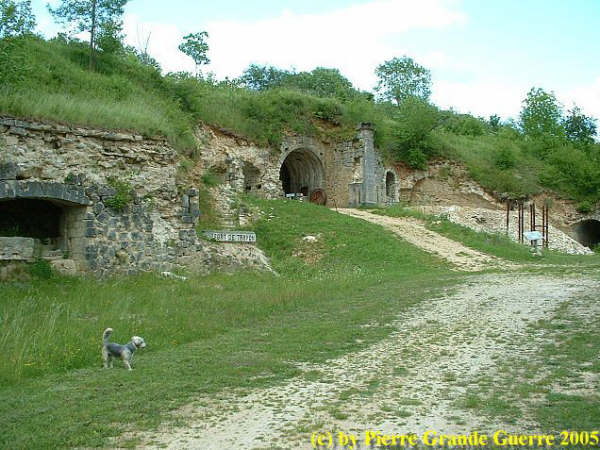
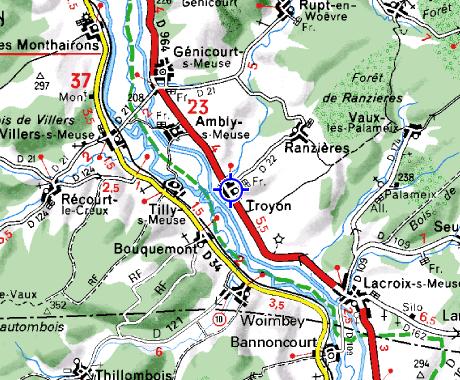
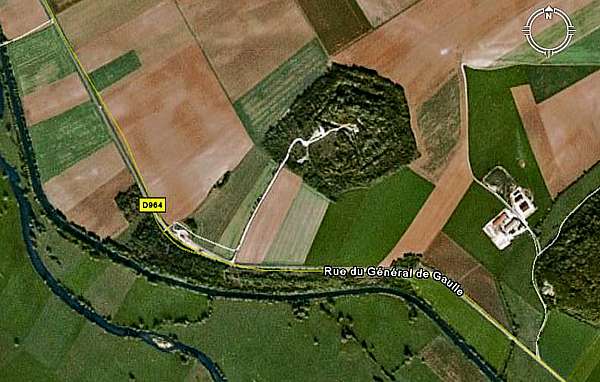
We approached the fort from the same direction as the Germans did in September 1914.
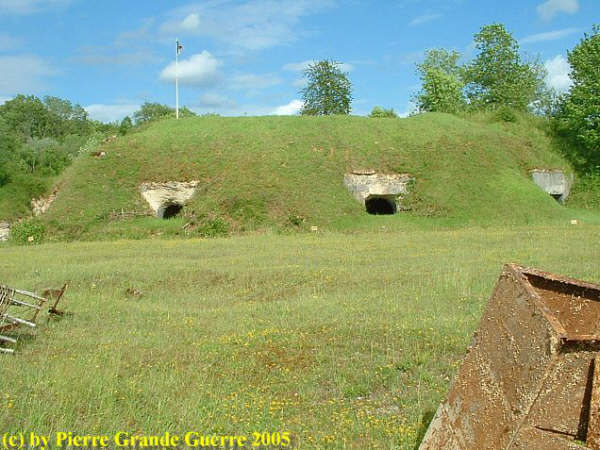
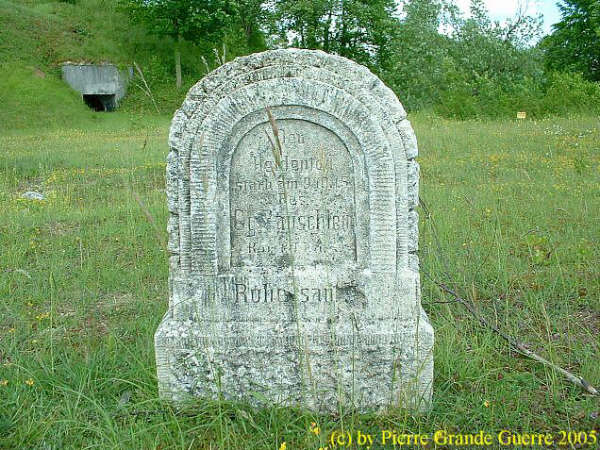
This is the main entrance of the Fort, where used to be an iron bridge,...

... as we can see in these period photos after the German artillery bombardement of 8 September 1914.
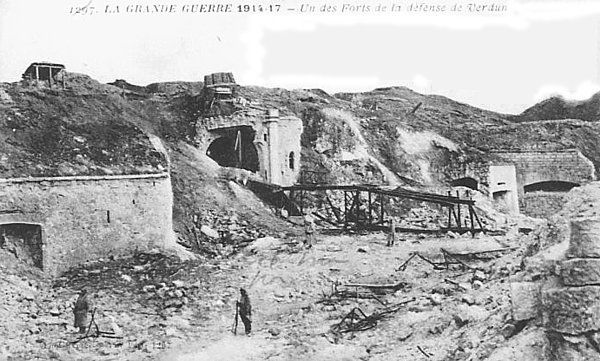
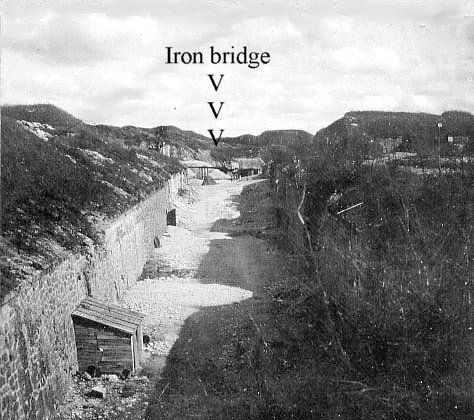
The fort has a surface of some 40 hectares.
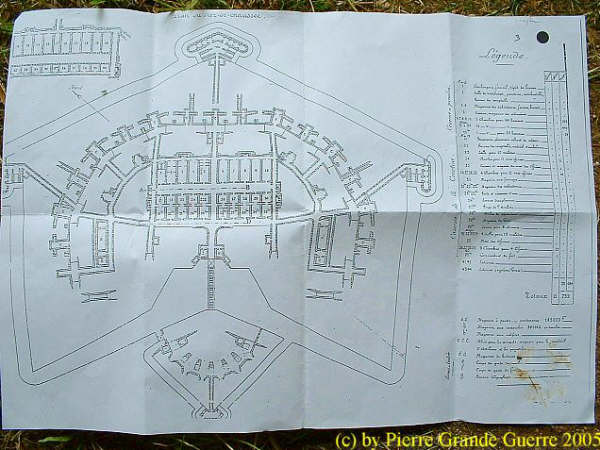
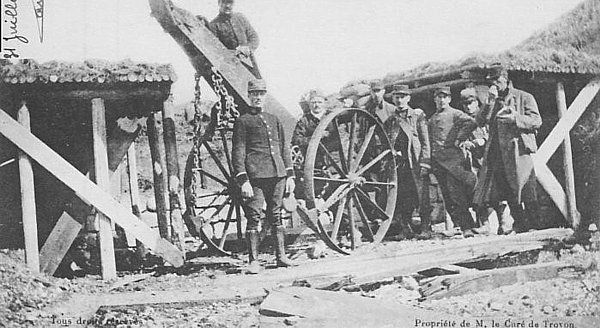
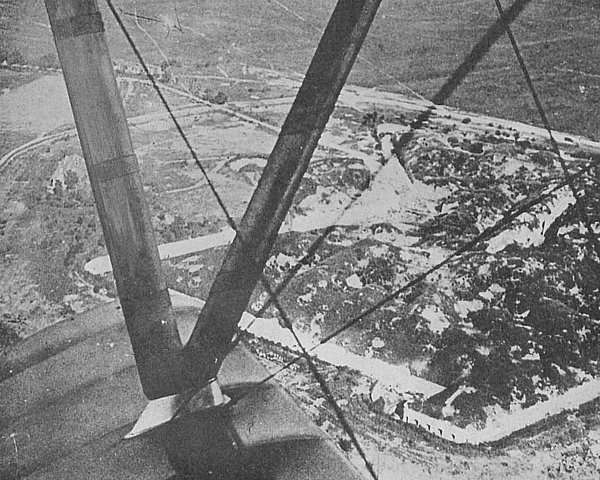
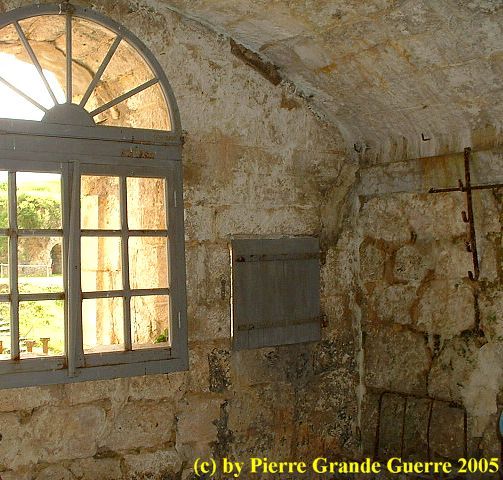
We enter via the main gate into the guard room overseeing the bridge. Monsieur André Stalens, custodian of the fort, tells us the story of Capitaine Heym.
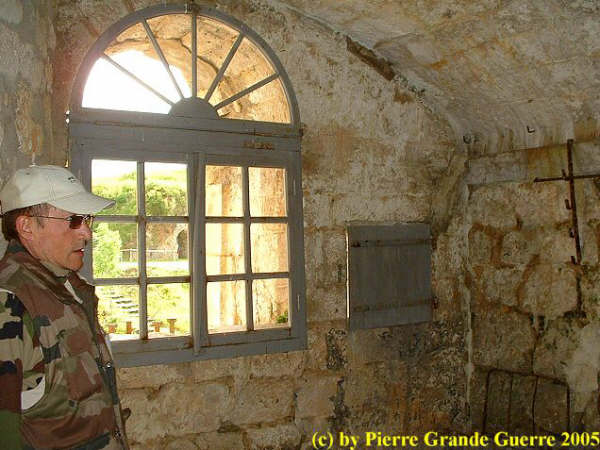
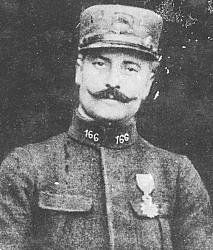
The German 5th Army bombarded the fortress on 8 September 1914.
Next I show you some French period photos of the damage of the fort, made some days after 15 September 1914.
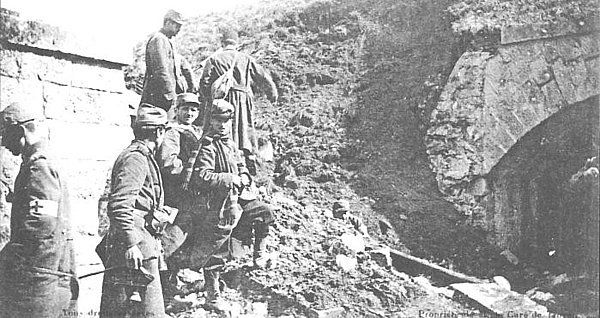
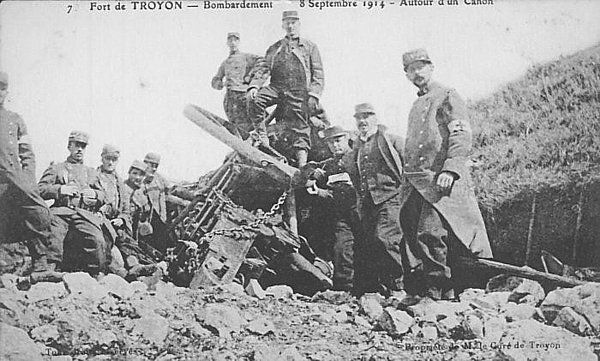
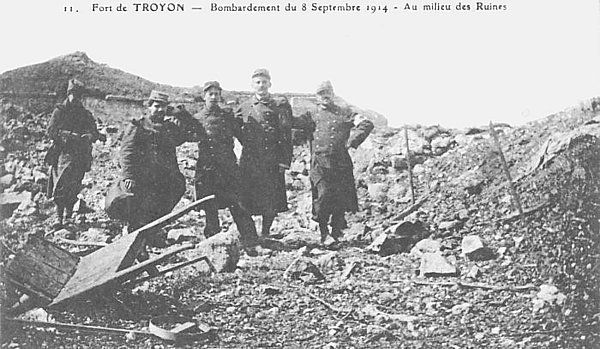
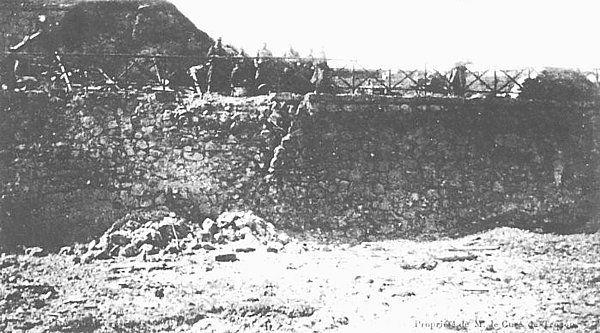
On 9 September 1914, 6 German Cavalrists with a white flag appeared in front of the bridge. Capitaine Heym, severely wounded by shell fire and supported by 2 soldiers, stood in front of the main gate. The Germans asked Heym to surrender. Heym's answer was: "Capituler? Ne jamais, je preferre de incinérer dans les ruines que capituler!" - "Surrender? Never, I rather prefer to burn in the ruins than surrender!"
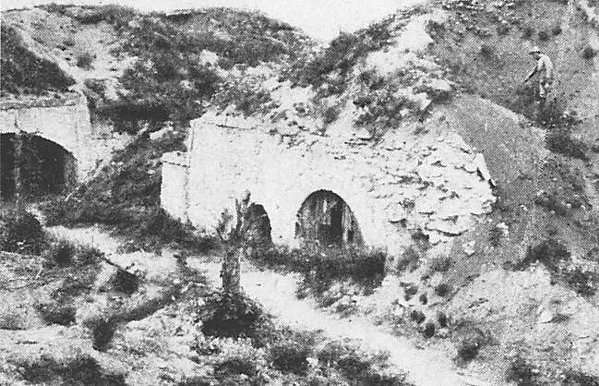
After 5 days of siege the French succeeded in defending the fort, with only 400 troops against a force of 6.000 Germans! The Germans would never succeed to capture the fort during the war. When the siege was over, Cpt. Heym consented to be brought into a hospital to recover from his wounds. After his recovery he volunteered for employment again on the front. He died in a heroic one man-action in the Bois le Prêtre on 17 April 1915 by a shot in his head.
Monsieur Stalens, "passioné de coeur pour la histoire de la Grande Guerre", lost his 2 grandfathers in the war. He guided us on a 4-hour and exciting trip in the fort.
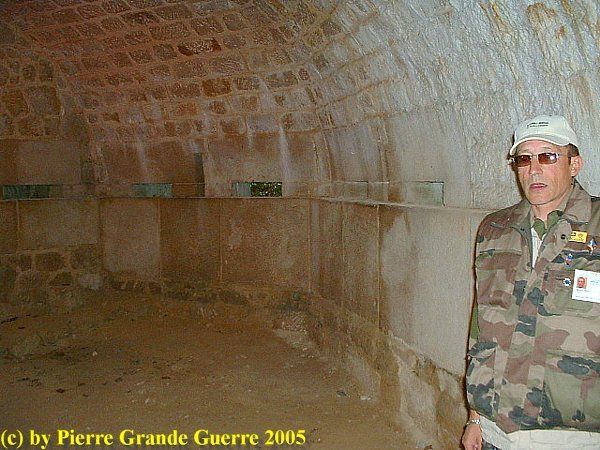
First he showed us the "caponnière", a grenade room. Outside and about 7 meters below is a dry moat from where the Germans tried to attack. Through the holes in the walls the French soldiers would succesfully throw down hand grenades.
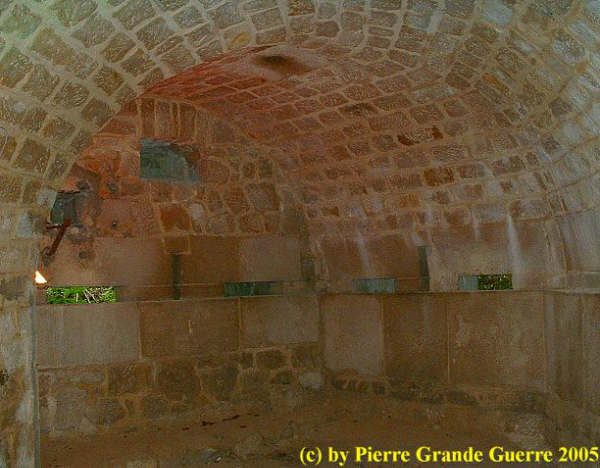
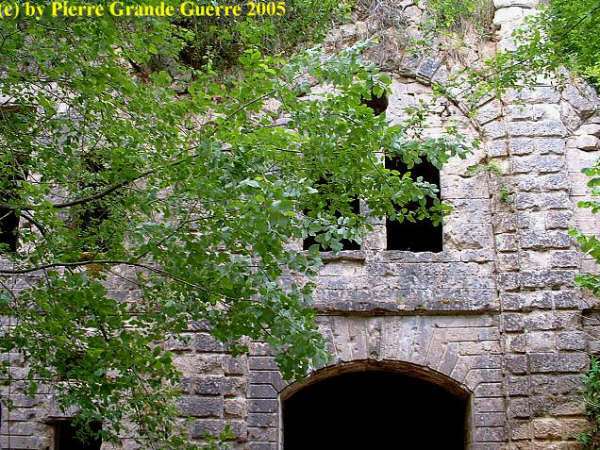
These rooms were meant for the Fort Commander, and the 2 rooms on the right were stables for the horses pulling the artillery guns.
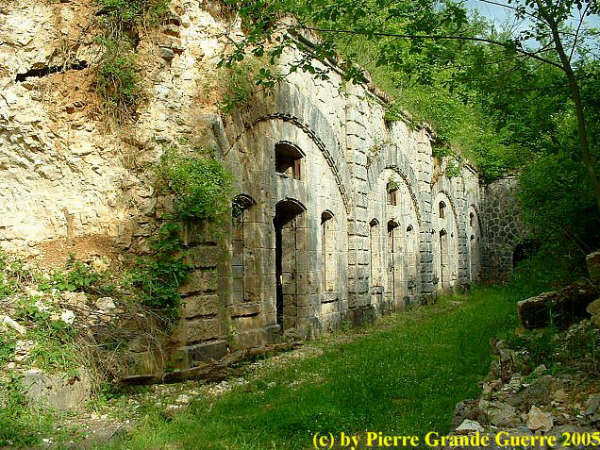
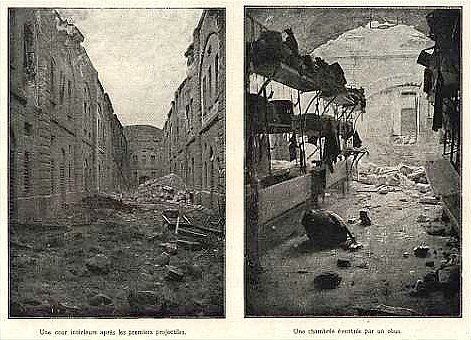
One of the 3 kitchens. Every army unit in the fort, be it infantry, artillery, or engineers, had its own kitchen in the fort.
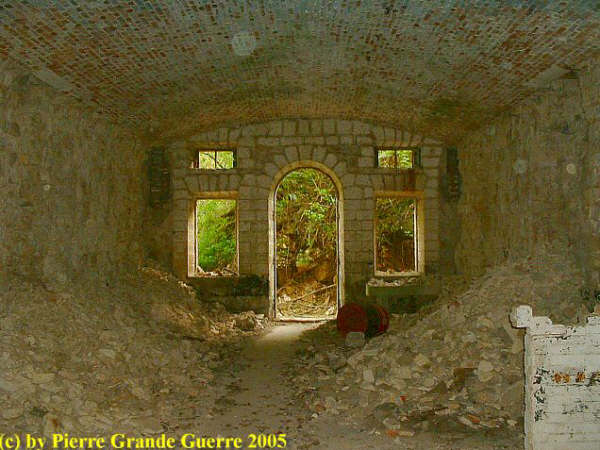

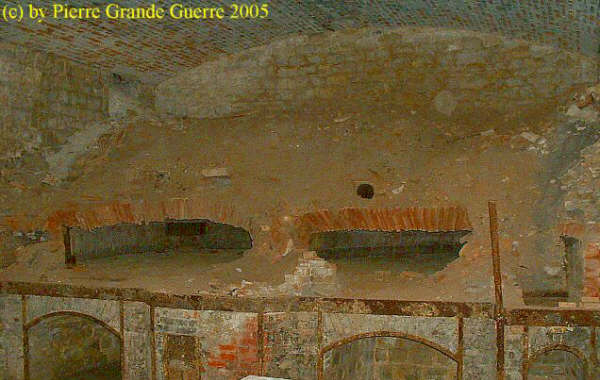
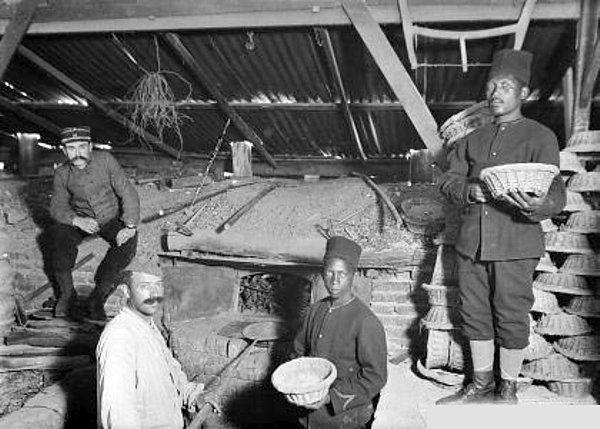
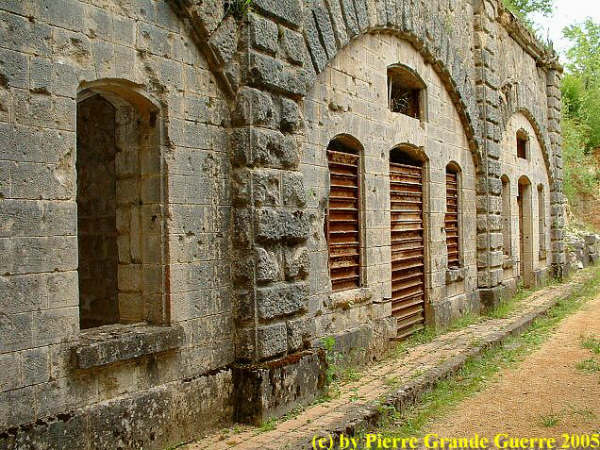
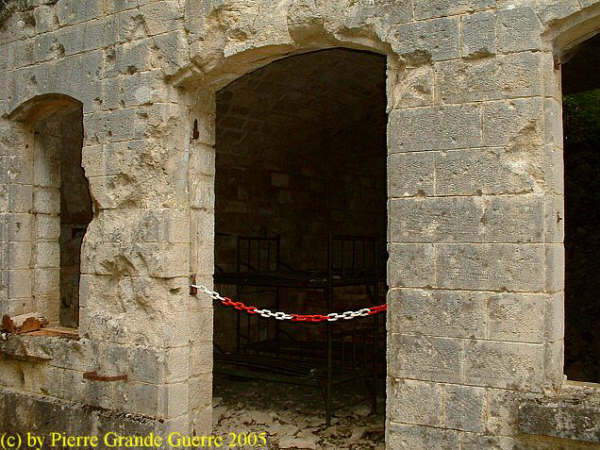
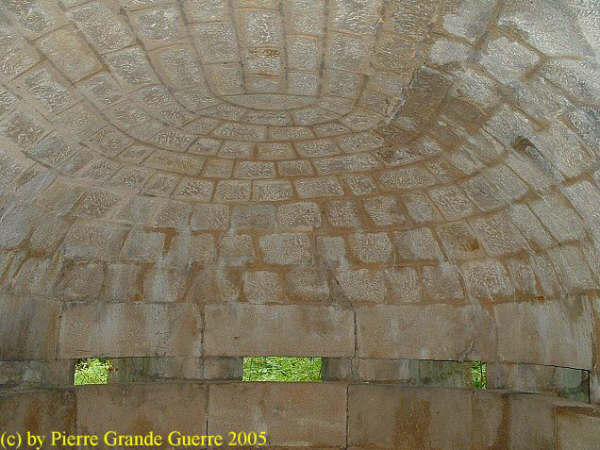
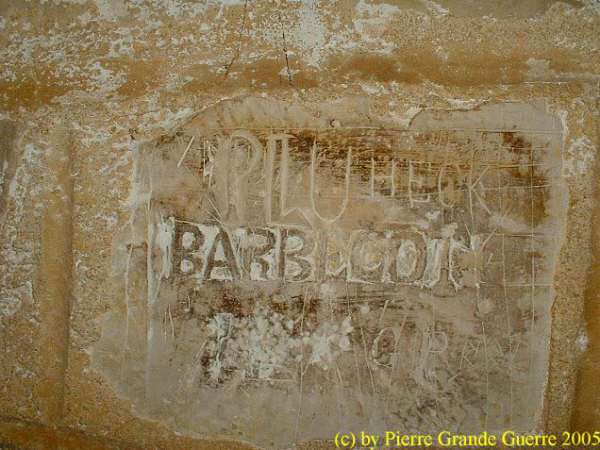
This grafitti is written with a pencil, and conserved by the constant temperature of 12 degrees C.
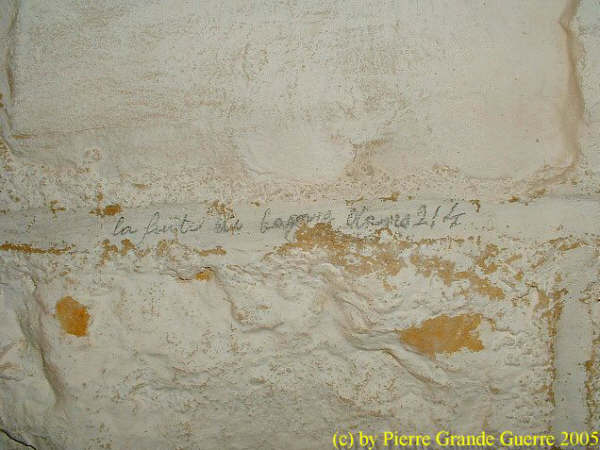
The doorwith 3 locks to one of the 2 powder stockrooms. The keys were separately saved by the respective commanders of the army units, infantry, artillery, and génie (engineers).

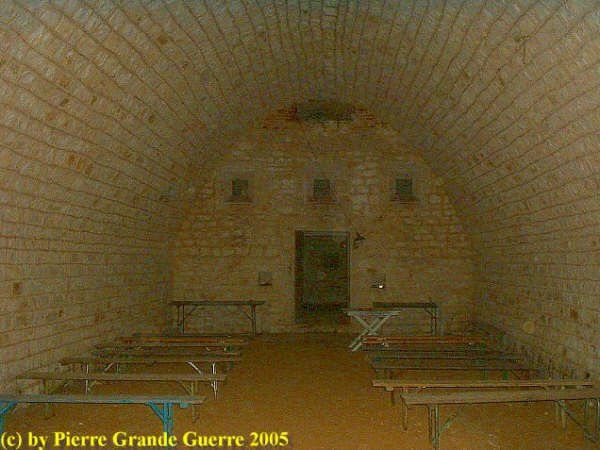
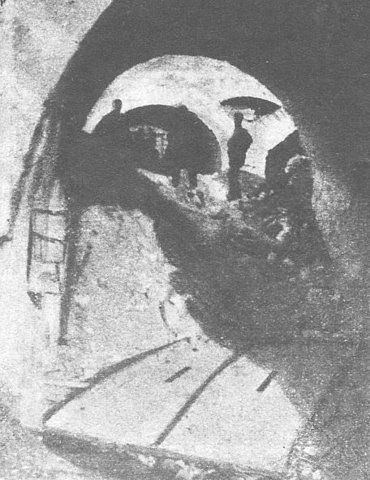
We end our expedition near the monument in the fort to commemorate Cpt. Heym.
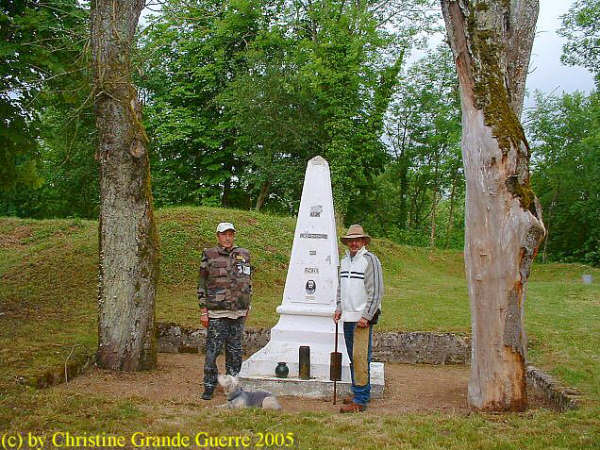

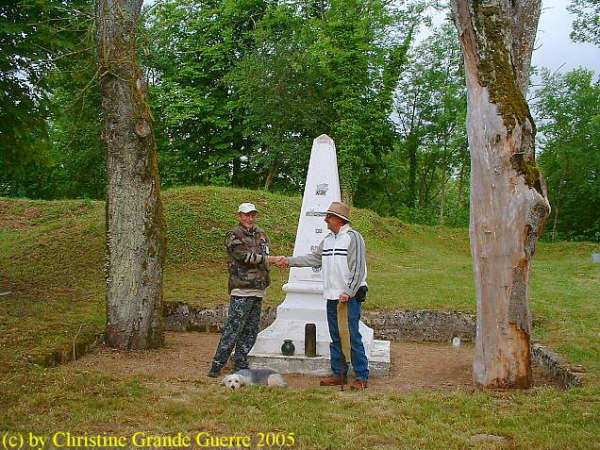
We parted as friends forever, sharing the same "Passion de Coeur pour la Grande Guerre".
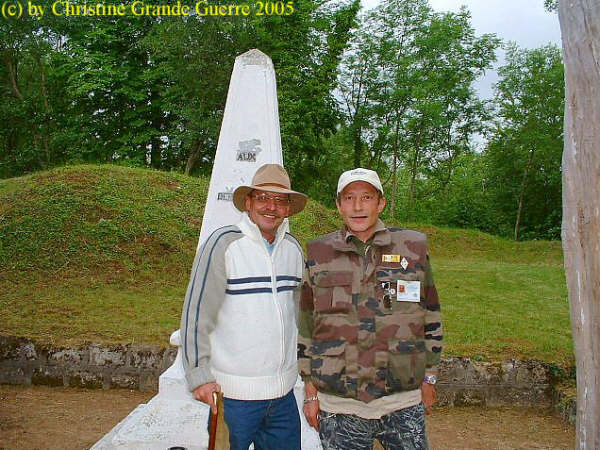
Continue to the next photo Impression: "Calonne Trenches - Tranchée de Calonne"

Inleiding: Franz Von Papen & Werner Horn; schaker en pion
Onlangs stuitte ik in een oud boek (1) van 1919 op een opmerkelijk verhaal over een Duitse Luitenant, die in begin februari 1915 een half geslaagde bomaanslag pleegt op een spoorbrug over een grensrivier tussen de Verenigde Staten en Canada. Ook al staat de bekentenis van de dader, Werner Horn, deels in het boek te lezen, de naam van zijn opdrachtgever zal Horn blijven verzwijgen. Na wat verder zoeken vond ik ook de naam van Horn’s opdrachtgever, Franz von Papen, een van de aangeklaagden van het latere Neurenberg Proces in 1946.
In een Grote Oorlog als de Eerste Wereldoorlog is Horn’s aanslag op de brug uiteraard slechts een bescheiden wapenfeit. Toch vermoed ik dat dit relatief onbekende verhaal, dat de geschiedenis is ingegaan als de “ Vanceboro International Bridge Bombing ”, nog interessante kanten kent. Het is onder andere een spionageverhaal over hoe in een groter plan een sluwe schaker zijn naïeve pion offert.
Beknopte situatieschets Canada en de Verenigde Staten in 1915

This trip we start at the Léomont near Vitrimont and we will with some exceptions concentrate on the Battle of Lorraine of August-September 1914 in the area, called, the “Trouée de Charmes”, the Gap of Charmes.
After the Léomont battlefield we continue our explorations to Friscati hill and its Nécropole Nationale. Next we pay a visit to the battlefield of la Tombe to go on to the Château de Lunéville. There we cross the Vezouze to move on southward to the Bayon Nécropole Nationale. At Bayon we cross the Moselle to pass Charmes for the panorama over the battlefield from the Haut du Mont. North-west of Charmes we will visit the British Military Cemetery containing 1918 war victims. From Charmes we go northward to the battlefield of the First French Victory of the Great War, the Battle of Rozelieures of 25 August 1914. North of Rozelieures we will visit the village of Gerbéviller. From there we make a jump northward to visit the ruins of Fort de Manonviller to finish with an interesting French Dressing Station bunker, west of Domjevin.


During this visit, we try to focus on the day that the momentum of the battle switched from the French side to the advantage of the Bavarian side: the day of 20 August 1914, when the Bavarians rapidly re-conquered the territory around Morhange , being also the day of the start of their rather successful “Schlacht in Lothringen”.
We will visit beautiful landscapes of the "Parc Naturel Régional de Lorraine", memorials, ossuaries, and cemeteries. Sometimes we will divert to other periods of the Great War, honouring Russian and Romanian soldiers, who died in this sector. We start our route at the border village of Manhoué, and via Frémery, Oron, Chicourt, Morhange, Riche, Conthil, Lidrezing, Dieuze, Vergaville, Bidestroff, Cutting, Bisping we will finish in Nomeny and Mailly-sur-Seille, where the Germans halted their advance on 20 August 1914, and where they constructed from 1915 some interesting bunkers.














